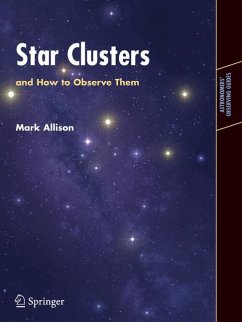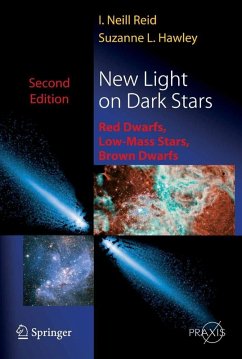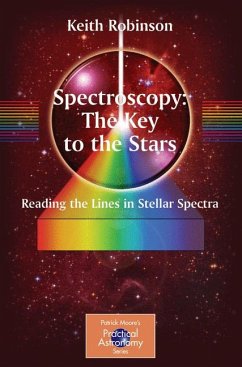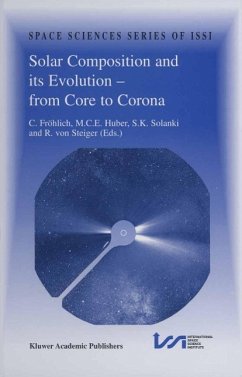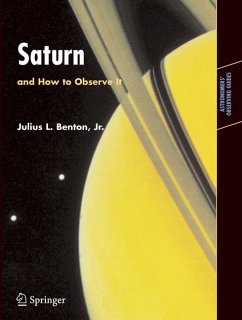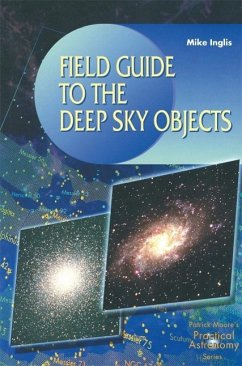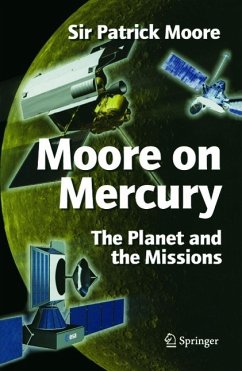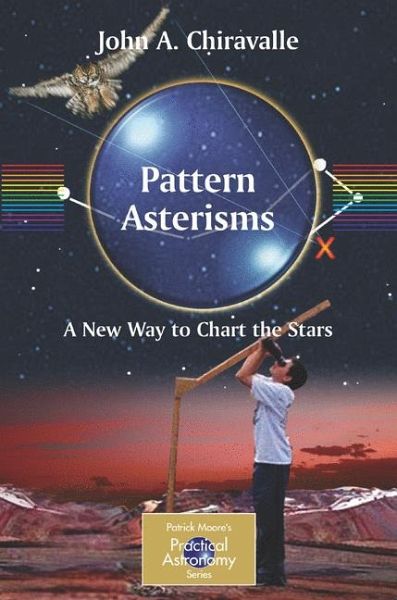
Pattern Asterisms (eBook, PDF)
A New Way to Chart the Stars
Versandkostenfrei!
Sofort per Download lieferbar
32,95 €
inkl. MwSt.
Weitere Ausgaben:

PAYBACK Punkte
16 °P sammeln!
This book provides a valuable learning tool to facilitate identifying patterns and stars in the sky. It reflects a new aspect of astronomy that does not involve serious science - but makes it easy to learn about the night sky.In most cases, the minimum equipment needed for observing these is just binoculars, or at most a low-power telescope. This catalog includes star pictures, dot-to-dot outlines of the objects (on a negative photograph for clarity), and an artistic image next to the star patterns. Size, stellar magnitudes, and coordinates are provided, along with north direction, star-hoppin...
This book provides a valuable learning tool to facilitate identifying patterns and stars in the sky. It reflects a new aspect of astronomy that does not involve serious science - but makes it easy to learn about the night sky.
In most cases, the minimum equipment needed for observing these is just binoculars, or at most a low-power telescope. This catalog includes star pictures, dot-to-dot outlines of the objects (on a negative photograph for clarity), and an artistic image next to the star patterns. Size, stellar magnitudes, and coordinates are provided, along with north direction, star-hopping instructions and Sky Atlas 2000 references. With the help of this book, the imaginative observer will soon begin to develop a new insight into star patterns, and will start seeing patterns of their own.
In most cases, the minimum equipment needed for observing these is just binoculars, or at most a low-power telescope. This catalog includes star pictures, dot-to-dot outlines of the objects (on a negative photograph for clarity), and an artistic image next to the star patterns. Size, stellar magnitudes, and coordinates are provided, along with north direction, star-hopping instructions and Sky Atlas 2000 references. With the help of this book, the imaginative observer will soon begin to develop a new insight into star patterns, and will start seeing patterns of their own.
Dieser Download kann aus rechtlichen Gründen nur mit Rechnungsadresse in A, B, BG, CY, CZ, D, DK, EW, E, FIN, F, GR, HR, H, IRL, I, LT, L, LR, M, NL, PL, P, R, S, SLO, SK ausgeliefert werden.




